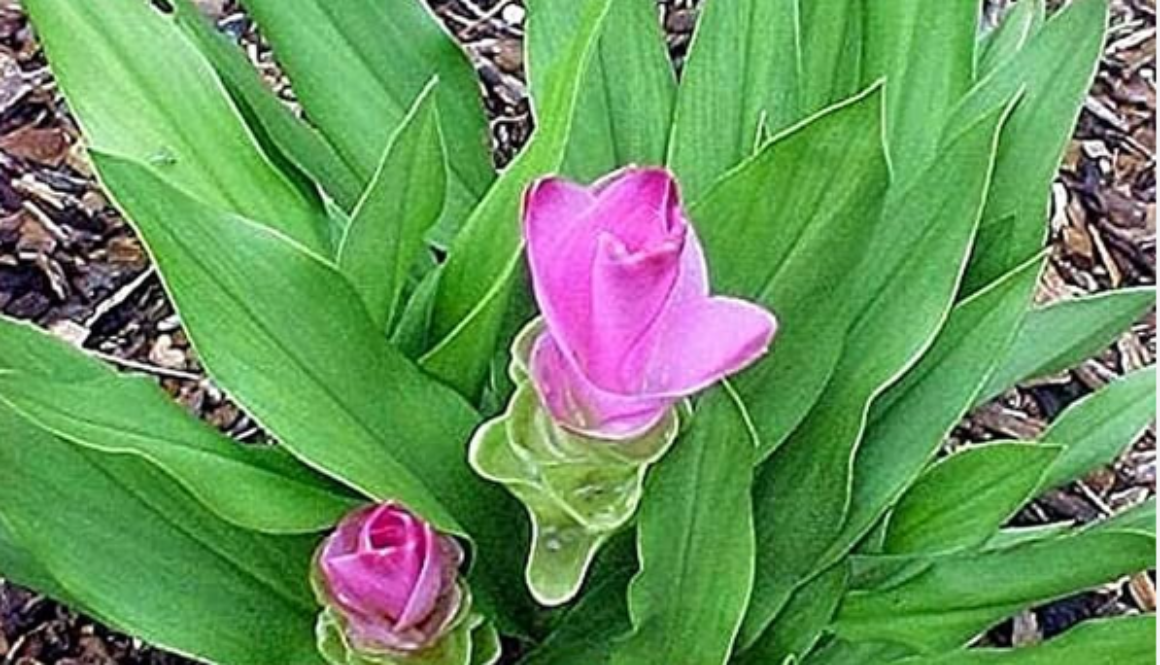Mango ginger
Mango ginger, scientifically known as Curcuma amada, is a tropical rhizomatous plant native to India and Southeast Asia. Despite its name, mango ginger is not related to mangoes but belongs to the ginger family. It is prized for its unique flavor, reminiscent of both mango and ginger, making it a popular ingredient in culinary and medicinal applications.
Part Used: The rhizome, or underground stem, of the mango ginger plant is the primary part used for its culinary and medicinal properties. This rhizome has a tangy-sweet flavor with a hint of spiciness, similar to that of mangoes and ginger. It is used fresh or dried in cooking to add flavor to dishes and beverages.
Usage: Mango ginger is widely used in culinary applications to impart its distinctive flavor to a variety of dishes. It is commonly used in Indian cuisine to flavor curries, chutneys, pickles, and beverages like tea and sherbet. Mango ginger is also valued for its medicinal properties and is used in traditional Ayurvedic medicine to treat digestive issues, inflammation, and respiratory ailments. Additionally, it is believed to have antioxidant and antimicrobial properties, making it a versatile ingredient in herbal remedies.
Agrotechniques: Cultivating mango ginger requires a warm, tropical climate with well-drained soil and ample sunlight. The plant thrives in regions with high humidity and moderate rainfall. Mango ginger can be propagated from rhizome cuttings or divisions, with planting typically done in spring or early summer. Regular watering and fertilization promote healthy growth and rhizome development. Harvesting of mango ginger can be done once the rhizomes have matured, usually after 8 to 10 months of growth. Care should be taken during harvesting to ensure optimal flavor and quality of the rhizomes. Overall, cultivating mango ginger provides a flavorful and nutritious addition to culinary dishes while offering potential health benefits.

